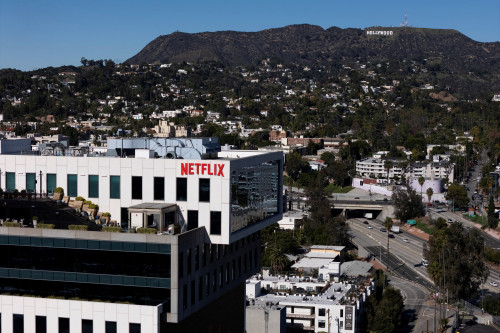The latest data from the Bureau of Labor Statistics on non-farm payrolls has revealed a disappointing job growth figure for June, falling short of expectations. Economist David Rosenberg shared his analysis and shed light on the potential implications for the economy.
In a tweet, Rosenberg pointed out that when considering factors like back revisions, multiple job holders, and the birth-death model, non-farm payrolls actually contracted in June. According to him, the recession has not been averted or avoided, expressing doubt that the Federal Reserve will be able to address the situation effectively in a timely manner. He believes that the Fed’s decision-making process relies on lagging indicators and anticipates that a failure to reverse rate hikes could lead to an impending recession.
These sentiments align with the views expressed by certain analysts and corporate executives who are critical of the Federal Reserve’s approach. They argue that the central bank’s reliance on lagging indicators poses risks, and they express concerns about the potential consequences if the Fed does not adjust its rate hikes accordingly.
Despite the soft payrolls data, the probability of a 25-basis-point rate hike during the July Federal Open Market Committee meeting, as indicated by fed funds futures, remains at 93%. This would result in a fed funds rate ranging from 5.25% to 5.50%. The minutes of the June Fed meeting, released last week, along with recent speeches by Fed officials, indicate that the central bank shows no signs of relenting following its pause in June.
The next significant data release that could influence the Fed’s decision-making is the consumer price inflation report for June, scheduled for release next week. The average hourly earnings component of the June non-farm payrolls report highlighted that inflation continues to exceed the central bank’s target. The metric rose at an annual pace of 4.4%, well above the Fed’s 2% target.





